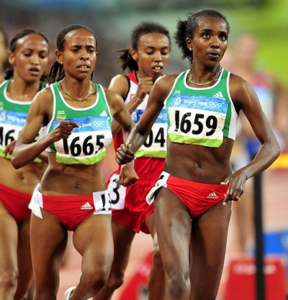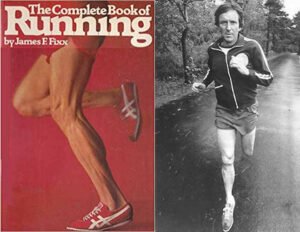
8 Tips for Out-of-Town Racing
By Coach Adolfo Salgueiro
As the fall racing season gets into full swing, the Marathon Majors are ready to finally return (sans Tokyo) and runners are excited to stand at starting lines, again, many of us are ready to reward ourselves with a race beyond the boundaries of our immediate area. Exploring the great cities of the world; or celebrating for a few days, sipping margaritas at the beach; or discovering the less traveled paths in lesser-known parts of the world, is always a bonus for our efforts.
But traveling to a race, especially if it is your goal race, doesn’t come without its challenges. It requires planning and additional preparation. If something doesn’t go according to plan, and it will, the chances of fixing it on-the-fly diminish considerably.

Always carry your race-day gear in your carry-on. You don’t want a lost luggage derailing your race (Photo: Pexels.com)
So, if you are setting out to a running/travel adventure, these are a few tips that will help you perform the best at your race while getting the most out of your trip:
1. Do not check your running gear: If traveling by plane, whatever you are wearing on race day, goes in your carry-on. The last thing you need is lost luggage derailing your race plans. You don’t want to run with brand new shoes purchased at the expo or borrowed short.
2. Run first, be a tourist later: Take care of the running portion of your trip, first. Don’t arrive too much in advance before the race. Save the tourist plans for after the race. This way you will be well rested at the starting line, and ready to enjoy as much alcohol and unhealthy food as you want.
3. Plan your pre-race meals: Never take your food intake for granted. Make sure that what you need eat it is available nearby. It happened to me once, that after identifying the restaurant I wanted in Philadelphia, I went pre-race night, and I needed a reservation. If you are staying at a relative’s house, make sure you let them know exactly what you need to eat and at what time.
4. Know how you are getting to the starting line: Do not improvise. Plan for the wort-case scenario. If you are taking a cab, know the phone number and confirm they provide service at the time you need it. Have a B plan in case there are no Ubers available. If you are taking public transportation, have the tickets purchased in advance. If a relative is driving you, be aware of any road closures due to the race
5. Make sure family and companions understand why you are there: If you are traveling with family or friends, make sure they understand that the first few days is all about you and your race. You are the protagonist. Everything else can wait until you cross the finish line. Remind them you wouldn’t be in Berlin, or Buenos Aires or New York if it weren’t for the marathon.

Preparing for time-zone changes is one of the biggest challenges for out-of-town races (Photo: Pexels.com)
6. Prepare to adjust for time changes: Never underestimate jet lag and time zone difference. They can screw your sleep and derail your race. Find out in advance how to adjust to the time zone in which you will be competing. Research what are the best ways to adjust to the number of time zones you need to adjust. There are plenty of online resource for this.
7. Pack for any weather: Remember you are not home, so you can’t just go back to your closet to pick up something. Be prepared for any weather changes and don’t rely 100% on your phone weather app. It is always better to bring back something unused than to need that pair of gloves you left at home.
8. Don’t do anything you wouldn’t do at home: Pre-race is not the time to be adventurous. Trying new, exotic foods; white water rafting, Segway tours, or running a beautiful trail when all you know is the asphalt. Those are recipes to guarantee a bad race. Hold all thar for after the finish line.
Any other recommendations from your experience travelling to races?












